Booted Eagle
Posted: Wed Sep 19, 2012 4:46 pm
136. Booted Eagle Hieraaetus pennatus, Aquila pennata (Dwergarend)
ORDER ACCIPITRIFORMES. Family: Accipitridae
Descripton
The Booted is a small eagle, comparable to the Steppe Buzzard in size though more eagle-like in shape with a rounded head and heavily feathered legs.There are two relatively distinct colour morphs, that are almost identical above but differ in the shading of the underparts. Above, the two forms are mainly brown, except for a light-streaked forecrown, cream to golden hind-crown, distinctive light panels on the wing coverts, and white patches resembling ‘headlights’ where the wings meet the body. However, whereas the pale form has a largely creamy-white underbody, the dark form usually has a dark brown underbody, with variable dark and light streaks and spots, and in some individuals, a slight rufous tinge. The tail is squarer than in Wahlberg’s Eagle.
The sexes are similar in appearance, but the female is on average ten percent larger than the male, while the juvenile plumage of both forms differs only very subtly from that of the adults.
Similar species: In both colour forms it differs from Wahlberg's Eagle by its shorter, broader tail and broader wings.
Distribution
It breeds from central Asia to southern Europe and North Africa, heading south in the non-breeding season to India and sub-Saharan Africa. In southern Africa it is locally fairly common in patches across the region; it also has a small breeding population in the Western and Eastern Cape.

Habitat
It generally prefers mountainous country with cliffs, although non-breeding migrants can occur in almost any type of natural habitat.
Movements and Migration
South Africa has two different populations, each with a different migratory pattern. The one breeds in Eurasia then heads south to southern Africa, excluding the Western Cape and Namibia, where it stays from November-February. The other population breeds in the Western and Eastern Cape, arriving from July-August and staying until March, it spends the rest of its time in its non-breeding grounds in Namibia and southern Angola. Breeding occurs throughout the Western Cape; the south-western corner of the Northern Cape and the western parts of the Eastern Cape. There is also a small breeding population in Namibia. A small percentage overwinter.
Diet
It mainly eats birds (also insects, small mammals and reptiles), usually hunting aerially, stooping from a position high above the ground, to surprise and strike its prey from above.
Breeding
Monogamous, territorial solitary nester, performing spectacular aerial displays in which it calls loudly, while performing steep dives and upward stoops. The nest is built or refurbished by both sexes, consisting of a platform of thin sticks and twigs, with a cup lined with green leaves. It is typically placed at the base of a bush or small tree on a cliff ledge, often using the same nest repeatedly for up to about 28 years. It may also rarely breed in the canopy of a Eucalyptus tree in an open are, or alternatively use the old nest of a Grey heron or Black kite. Egg-laying season is from August-January, peaking from September-October. It almost invariably lays a single egg, which is mainly incubated by the female for about 44-46 days. The chick is fed by the female with food provided by the male, leaving the nest after about 70-75 days.
Call
The call is a shrill kli-kli-kli or a high-pitched pee-pee-pee-pee Listen to Bird Call.
Status
Uncommon resident and summer visitor.
ORDER ACCIPITRIFORMES. Family: Accipitridae
Descripton
The Booted is a small eagle, comparable to the Steppe Buzzard in size though more eagle-like in shape with a rounded head and heavily feathered legs.There are two relatively distinct colour morphs, that are almost identical above but differ in the shading of the underparts. Above, the two forms are mainly brown, except for a light-streaked forecrown, cream to golden hind-crown, distinctive light panels on the wing coverts, and white patches resembling ‘headlights’ where the wings meet the body. However, whereas the pale form has a largely creamy-white underbody, the dark form usually has a dark brown underbody, with variable dark and light streaks and spots, and in some individuals, a slight rufous tinge. The tail is squarer than in Wahlberg’s Eagle.
The sexes are similar in appearance, but the female is on average ten percent larger than the male, while the juvenile plumage of both forms differs only very subtly from that of the adults.
Similar species: In both colour forms it differs from Wahlberg's Eagle by its shorter, broader tail and broader wings.
Distribution
It breeds from central Asia to southern Europe and North Africa, heading south in the non-breeding season to India and sub-Saharan Africa. In southern Africa it is locally fairly common in patches across the region; it also has a small breeding population in the Western and Eastern Cape.

Habitat
It generally prefers mountainous country with cliffs, although non-breeding migrants can occur in almost any type of natural habitat.
Movements and Migration
South Africa has two different populations, each with a different migratory pattern. The one breeds in Eurasia then heads south to southern Africa, excluding the Western Cape and Namibia, where it stays from November-February. The other population breeds in the Western and Eastern Cape, arriving from July-August and staying until March, it spends the rest of its time in its non-breeding grounds in Namibia and southern Angola. Breeding occurs throughout the Western Cape; the south-western corner of the Northern Cape and the western parts of the Eastern Cape. There is also a small breeding population in Namibia. A small percentage overwinter.
Diet
It mainly eats birds (also insects, small mammals and reptiles), usually hunting aerially, stooping from a position high above the ground, to surprise and strike its prey from above.
Breeding
Monogamous, territorial solitary nester, performing spectacular aerial displays in which it calls loudly, while performing steep dives and upward stoops. The nest is built or refurbished by both sexes, consisting of a platform of thin sticks and twigs, with a cup lined with green leaves. It is typically placed at the base of a bush or small tree on a cliff ledge, often using the same nest repeatedly for up to about 28 years. It may also rarely breed in the canopy of a Eucalyptus tree in an open are, or alternatively use the old nest of a Grey heron or Black kite. Egg-laying season is from August-January, peaking from September-October. It almost invariably lays a single egg, which is mainly incubated by the female for about 44-46 days. The chick is fed by the female with food provided by the male, leaving the nest after about 70-75 days.
Call
The call is a shrill kli-kli-kli or a high-pitched pee-pee-pee-pee Listen to Bird Call.
Status
Uncommon resident and summer visitor.
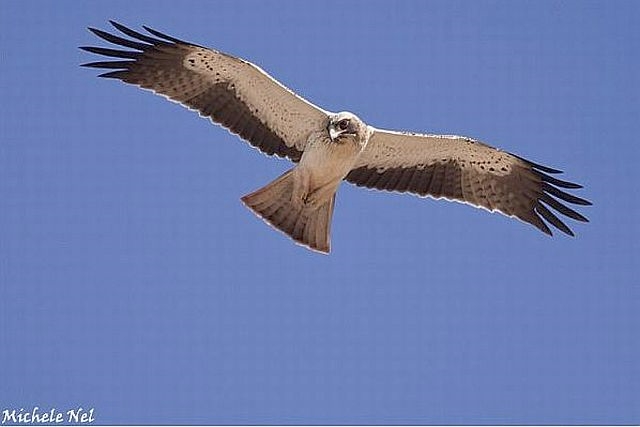
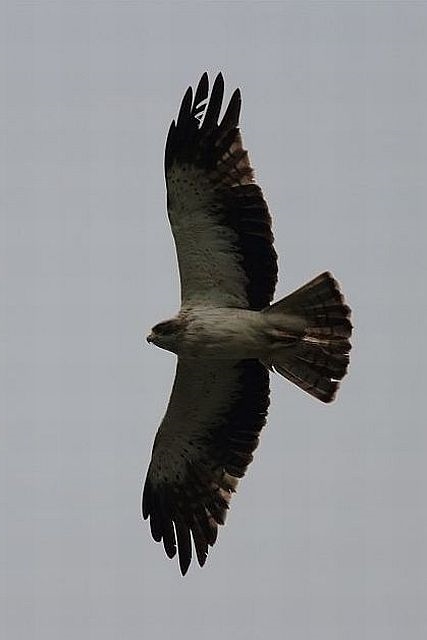 © Sharifa
© Sharifa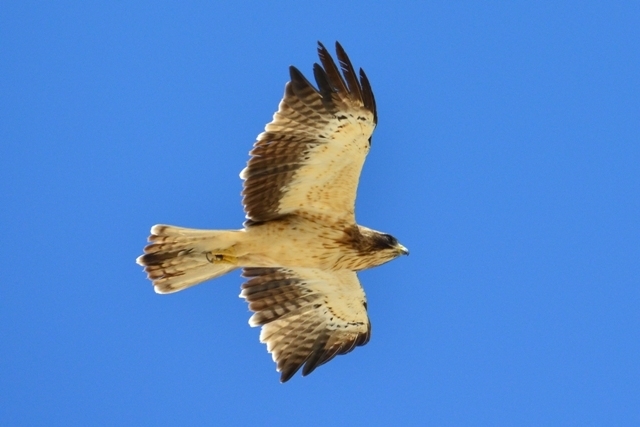 © Mel
© Mel © nan
© nan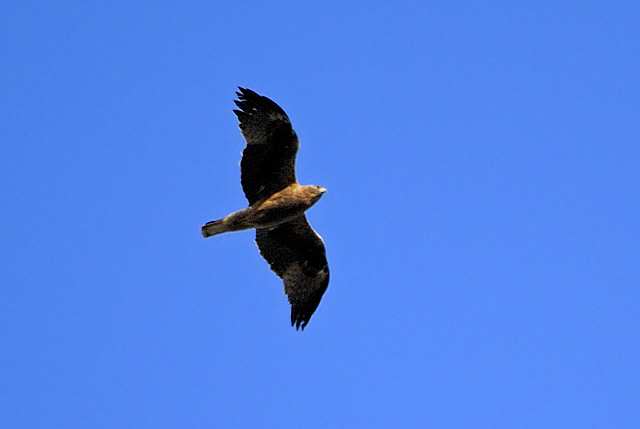 © Dewi
© Dewi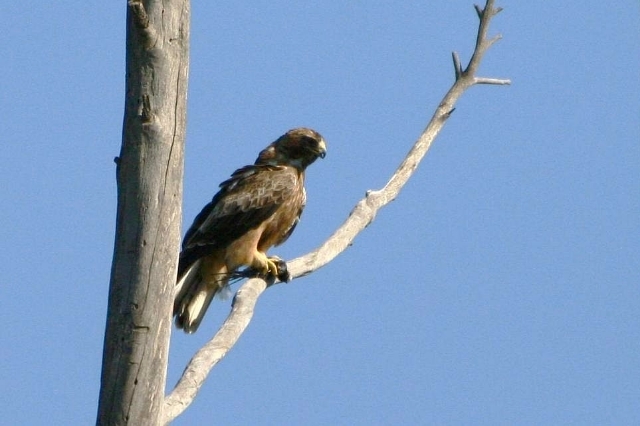 © okie
© okie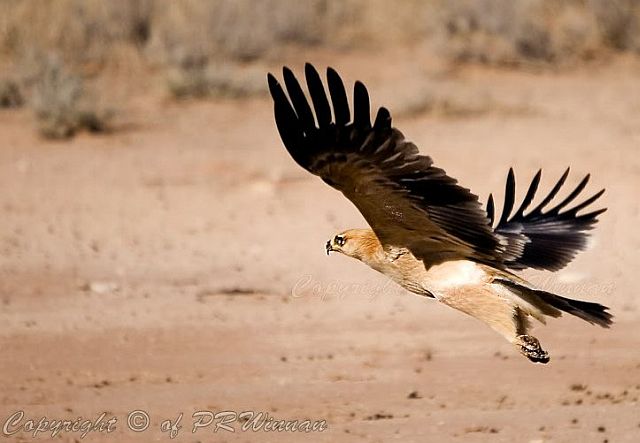

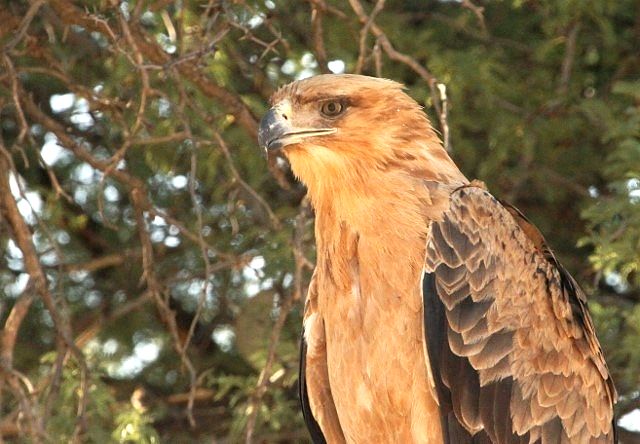 © nan
© nan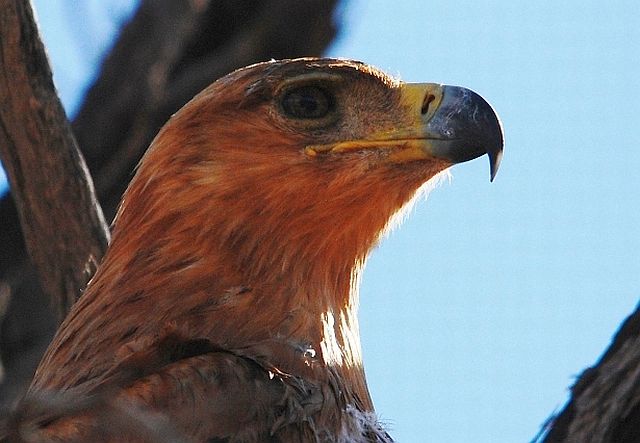 © Mel
© Mel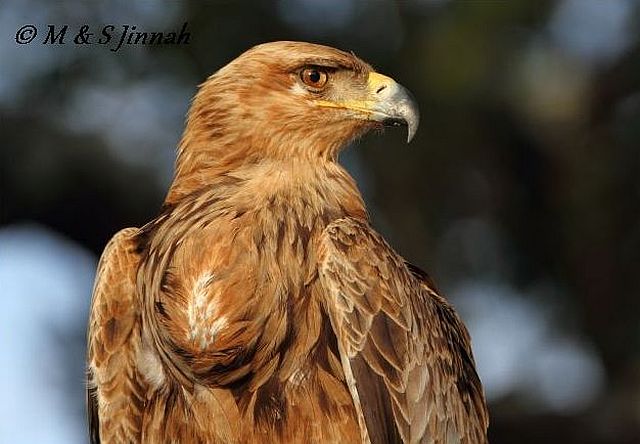 © Sharifa & Duke
© Sharifa & Duke © harrys
© harrys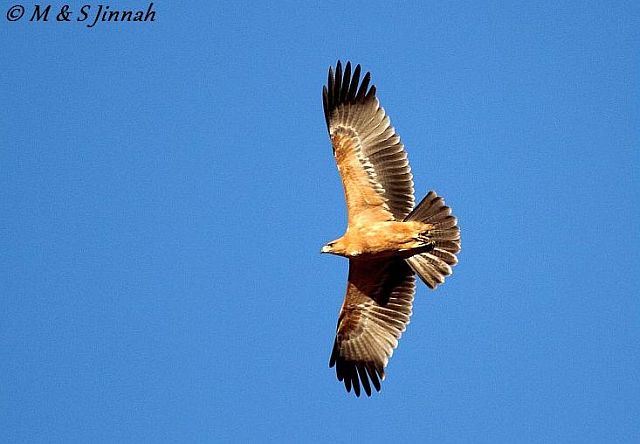 © Sharifa & Duke
© Sharifa & Duke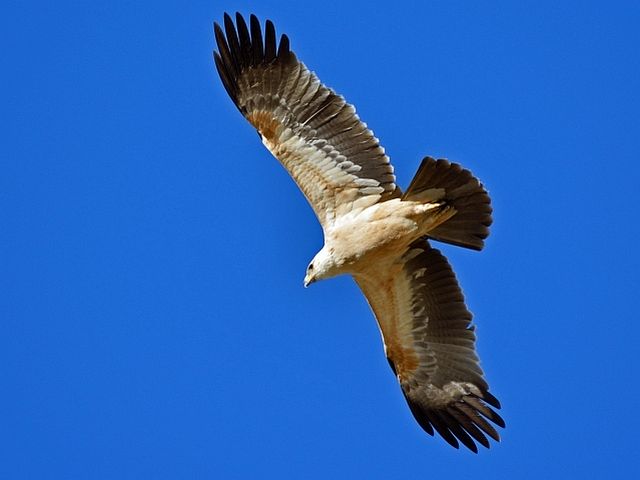 © BluTuna
© BluTuna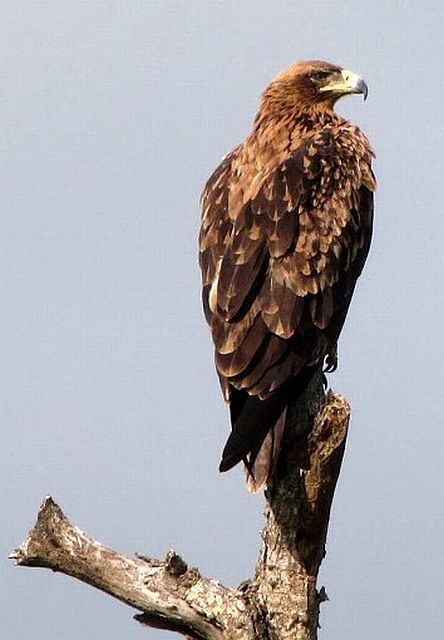
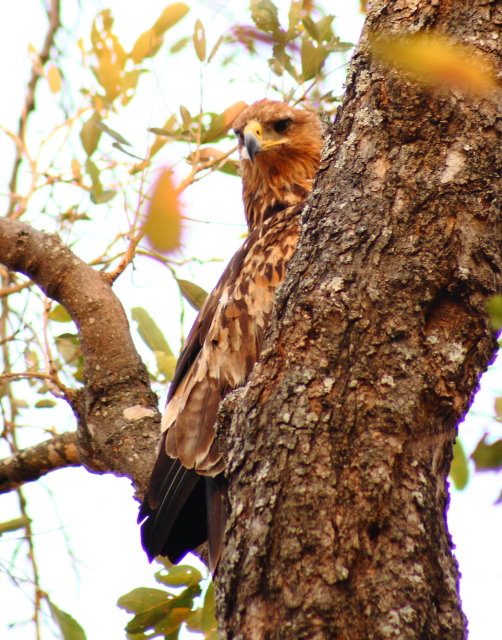 © Flutterby
© Flutterby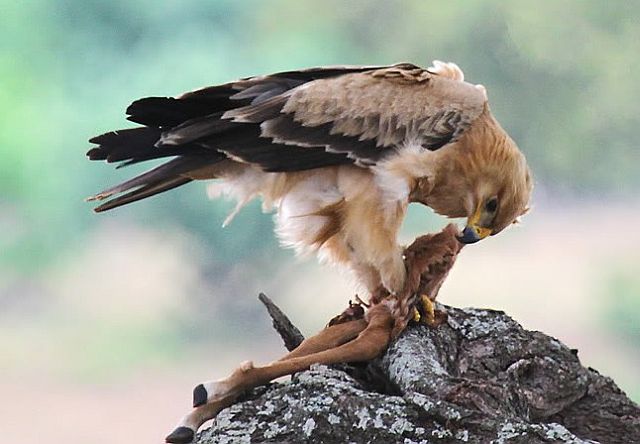 © leachy
© leachy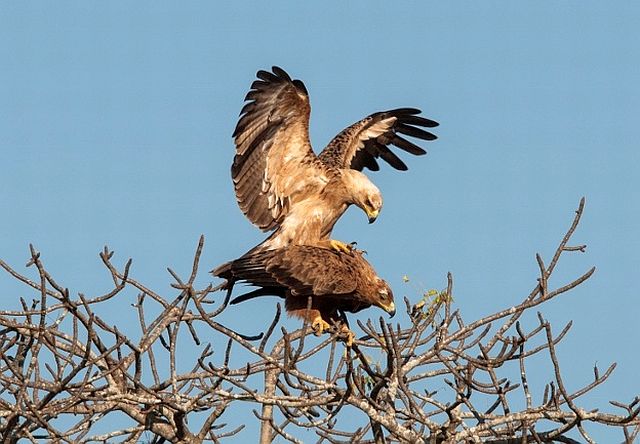 © steamtrainfan
© steamtrainfan © ExFmem
© ExFmem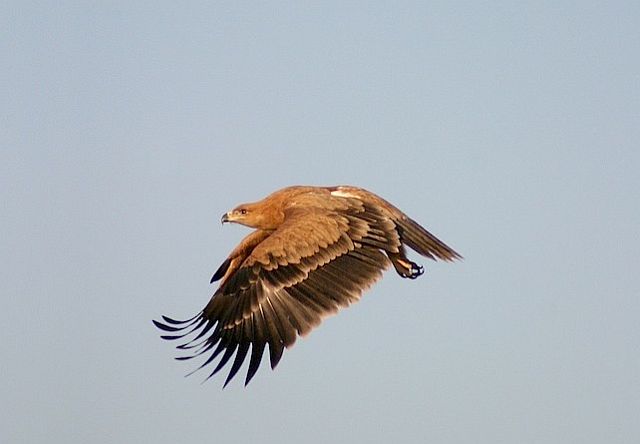 © ExFmem
© ExFmem © Toko
© Toko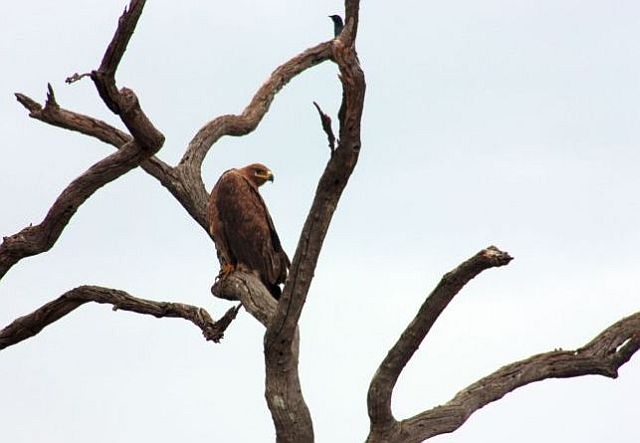 © harrys
© harrys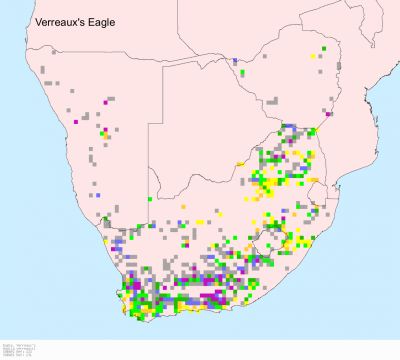

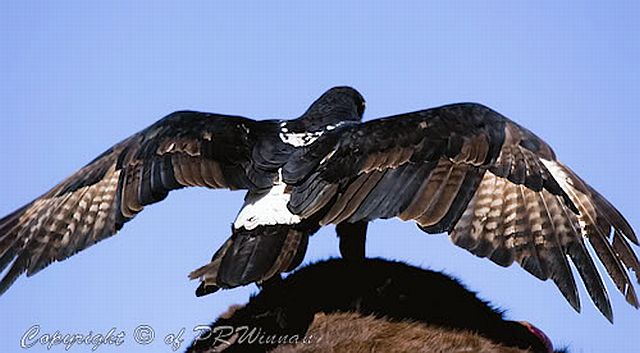
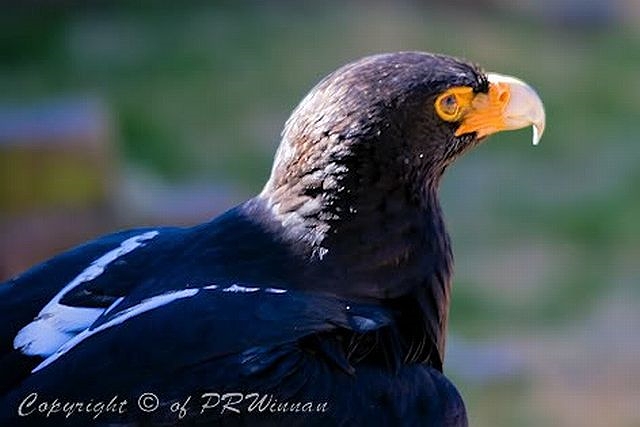
 © Penga Ndlovu
© Penga Ndlovu © Duke
© Duke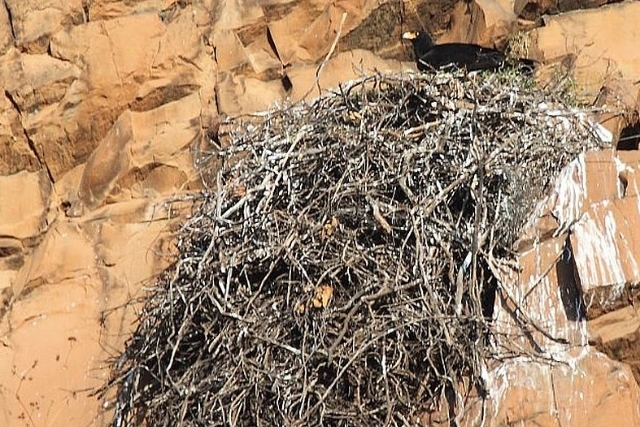 © Duke
© Duke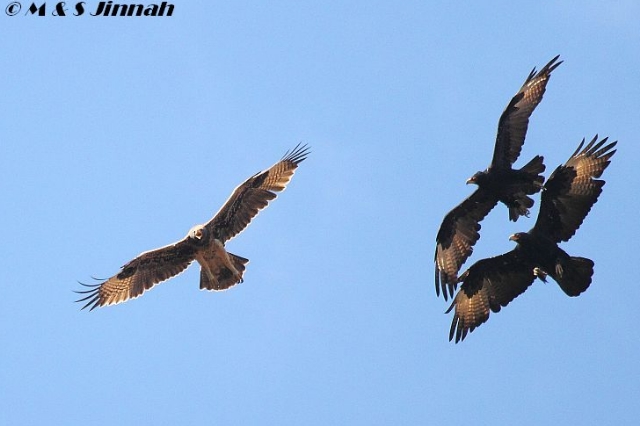 © Duke
© Duke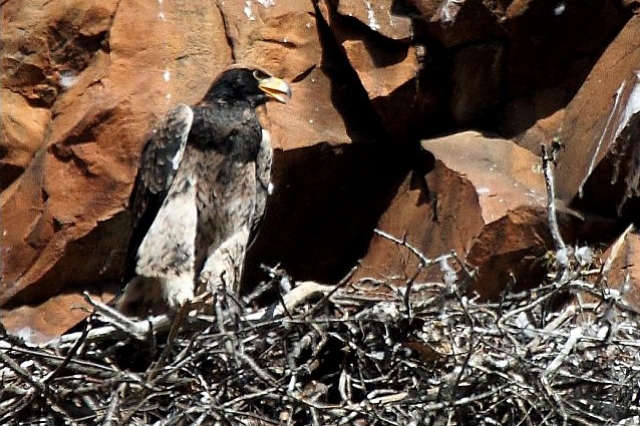 © Duke
© Duke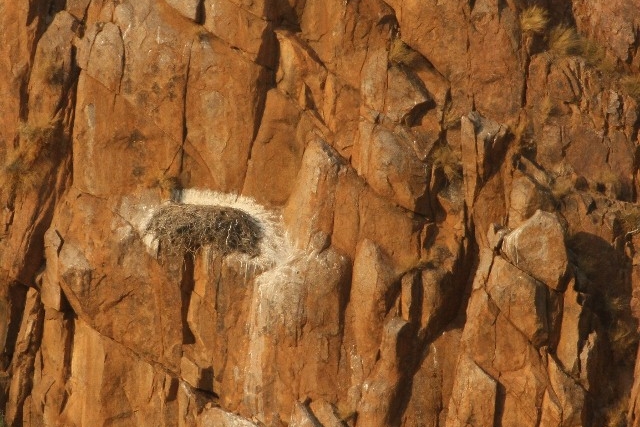 © nan
© nan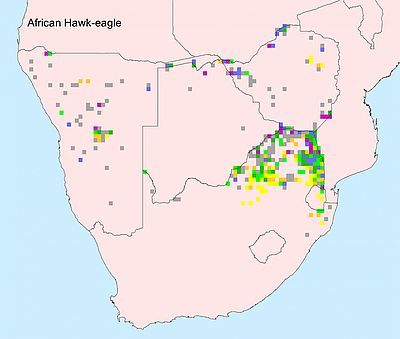
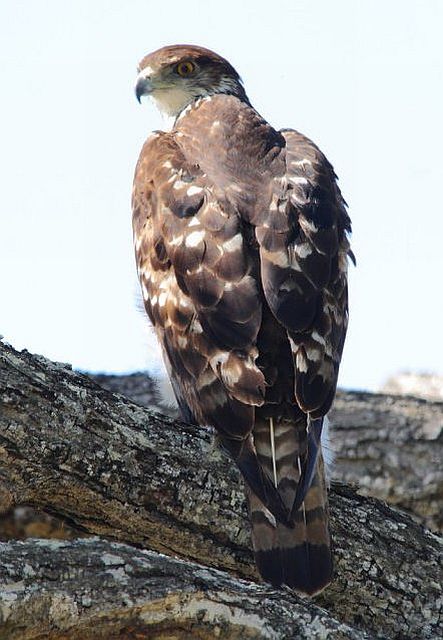 © Flutterby
© Flutterby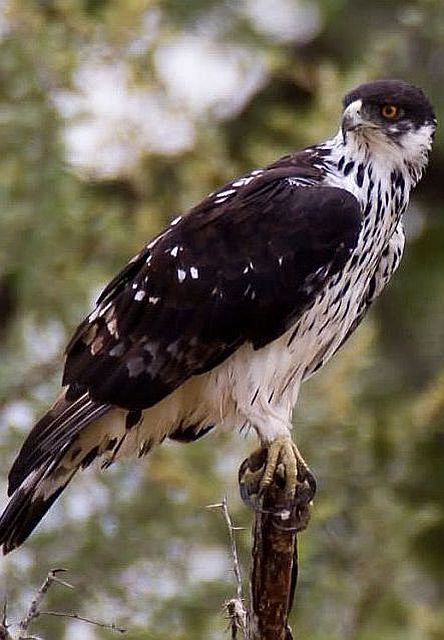 © Pumbaa
© Pumbaa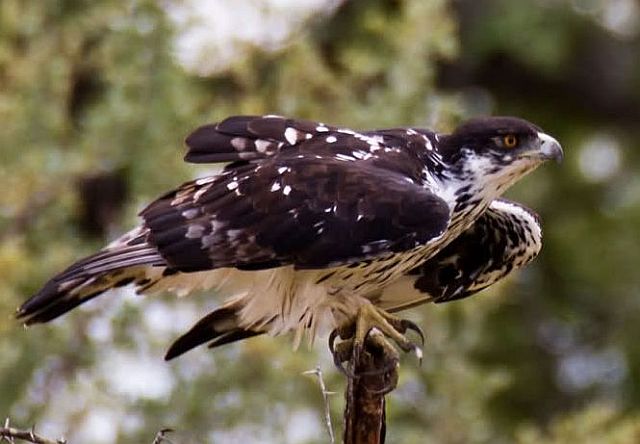 © Pumbaa
© Pumbaa © JustN@ture
© JustN@ture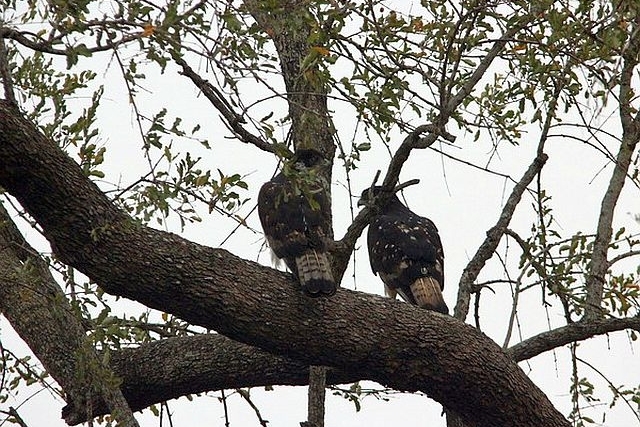 © Bushcraft
© Bushcraft © Dewi
© Dewi  © JustN@ture
© JustN@ture © Dewi
© Dewi © harrys
© harrys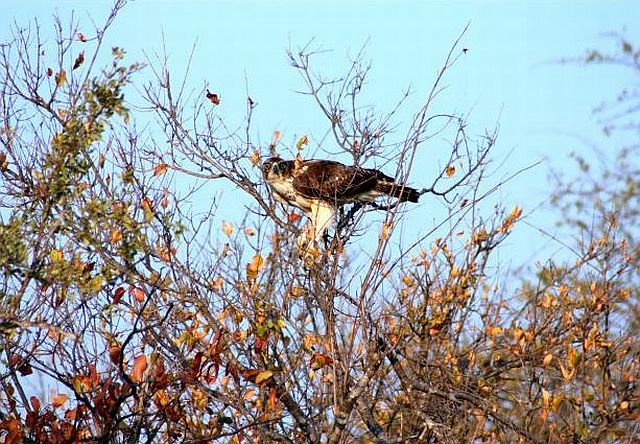 © harrys
© harrys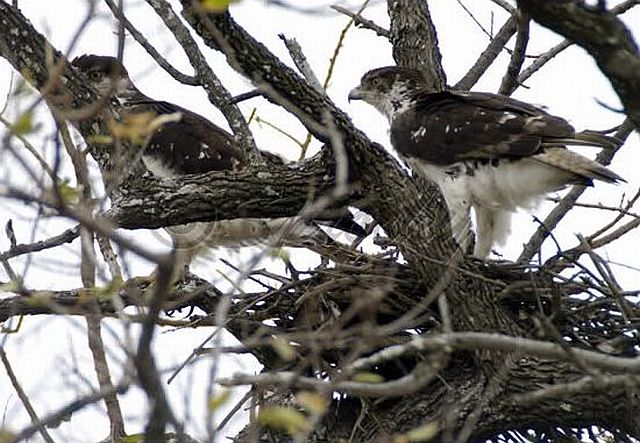 © Sprocky
© Sprocky © Pumbaa
© Pumbaa